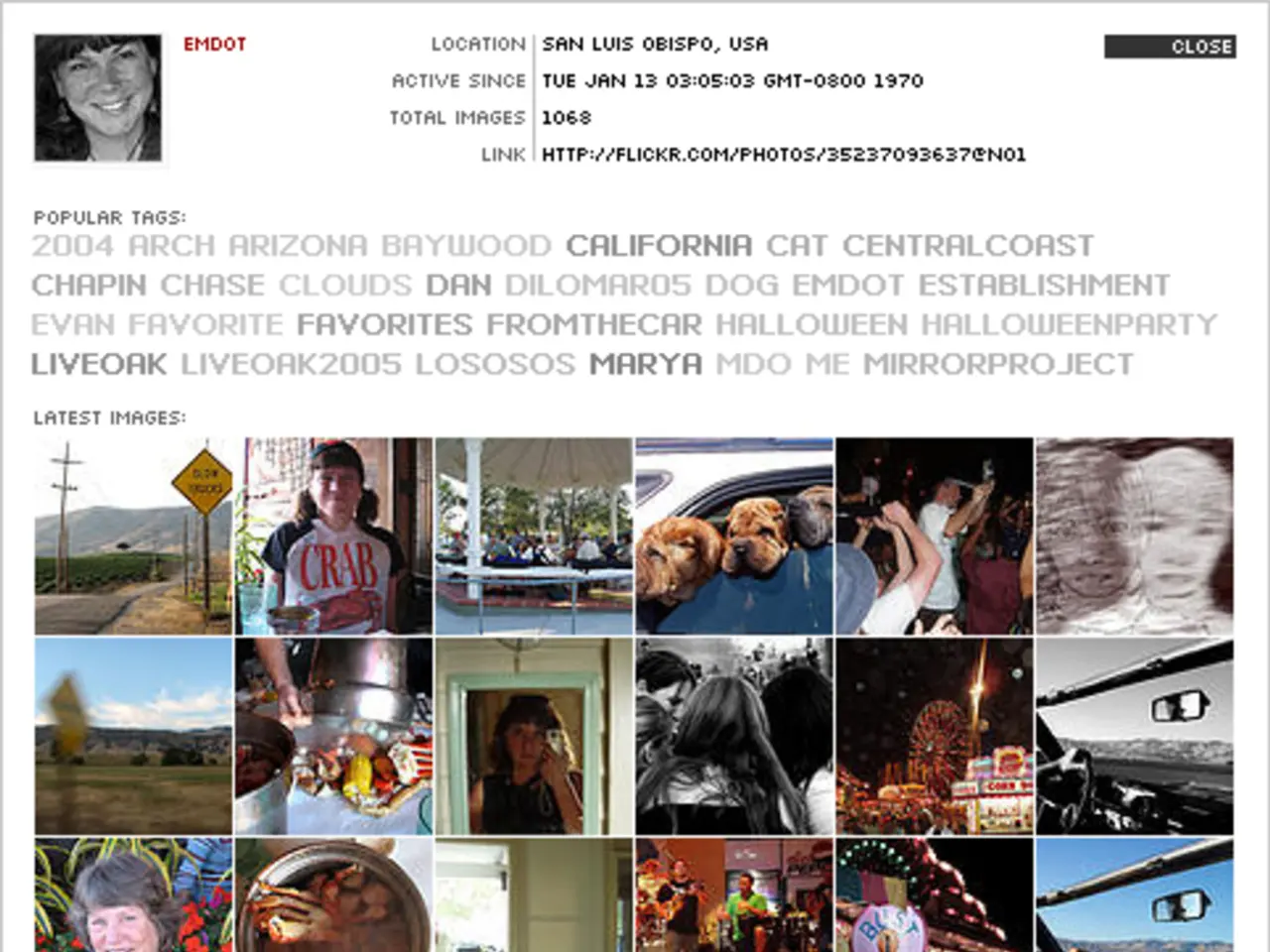Selecting Fonts for Your Designs: Illustrative Guide (Inclusive of Examples)
**Choosing the Perfect Fonts for Infographics: A Guide for Clear and Engaging Visual Communication**
In the realm of infographics, the choice of fonts plays a crucial role in ensuring clarity, engagement, and effective visual storytelling. The ideal fonts for this medium balance readability, legibility, style, and tone.
### Top Font Choices for Infographics and Why They Matter
- **Sans-serif fonts like Recursive, Work Sans, and Roboto:** These clean, modern fonts are highly legible even at small sizes, making them ideal for data-heavy or business infographics that require clarity and professionalism. Fonts like Recursive offer multiple weights, allowing flexibility in hierarchy and emphasis.
- **Serif fonts like Museo Slab and Prata:** These traditional fonts convey a more authoritative tone, making them suitable for finance or banking infographics where trustworthiness matters. Museo Slab's chunky serifs work well in these contexts, while Prata's classic style is well-suited for reports or handbooks.
- **Display and decorative fonts like Santiago, Venerema, Arunika, Bestari, and Kinanthy:** These fonts are used for emphasis, headings, or short highlighted texts where visual interest and style are important. For example, Santiago’s thickness makes it visually striking in titles, while Arunika adds expressive movement with its script style.
- **Handwritten or playful fonts like Peachy:** These fonts are used when the aim is to entertain or engage, adding warmth and personality without sacrificing readability.
### Why Font Choice Matters for Visual Communication and Reader Perception
- **Readability and Legibility:** Fonts must be easy to read quickly, especially in infographics where data and messages are often glanced at rather than read in depth. Fonts with clear letterforms and appropriate weight ensure the audience can grasp the information without strain.
- **Content-Appropriate Tone:** The font sets the mood and influences how readers perceive the message. Minimal and clean fonts are better for educational or statistical infographics, while playful or decorative fonts fit promotional or inspirational content.
- **Text Length and Structure:** Long-form text requires highly readable fonts to maintain engagement, while headers and keywords can use more unique fonts to draw attention. Fonts for chart labels or captions must maximize legibility to convey data efficiently.
- **Reader Interaction and Engagement:** The way text appears affects how readers interact with and understand the information. Well-chosen fonts improve comprehension and retention, enhancing the infographic’s effectiveness in visual storytelling.
### Summary Table of Font Types and Uses in Infographics
| Font Type | Examples | Best Use Case | Why It Matters | |---------------------|------------------------|-----------------------------------|--------------------------------| | Sans-serif | Recursive, Work Sans | Business, data-heavy infographics | Clear, modern, versatile | | Serif | Museo Slab, Prata | Formal reports, finance | Conveys trust, elegance | | Display/Decorative | Santiago, Venerema | Titles, emphasis | Adds personality and style | | Script/Handwritten | Arunika, Peachy | Casual, engaging, creative themes | Creates warmth and uniqueness |
In essence, **choosing the right fonts ensures your infographic communicates clearly, resonates with your audience, and visually supports the message you want to deliver**. Fonts are not just decorative but integral to the overall success of visual communication.
To find the header font that pairs best with the body font, font pairings should be high contrast or low contrast. Fonts for infographics viewed on-screen should be at least 14 pt in size, ideally larger.
- For adding visual interest and style to headings, emphasis, or short highlighted texts, consider using designer fonts such as Santiago, Venerema, Arunika, Bestari, or Kinanthy.
- In creating infographics on lifestyle, fashion-and-beauty, food-and-drink, home-and-garden, technology, or education-and-self-development topics, the choice of fonts can significantly enhance the visual appeal and resonance with the target audience.
- When designing infographics for different subjects, posters, or templates, it's essential to balance readability, legibility, style, and tone in order to create engaging visual communications that effectively tell stories and convey messages.




